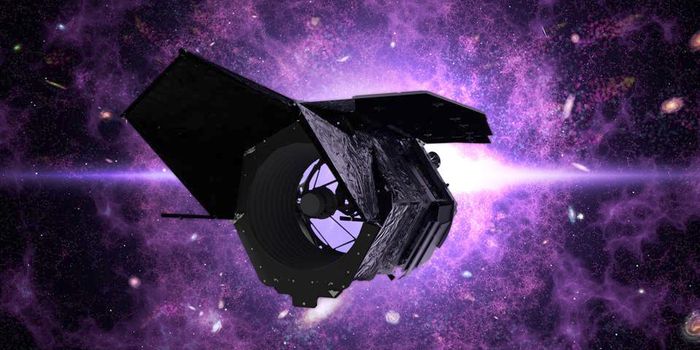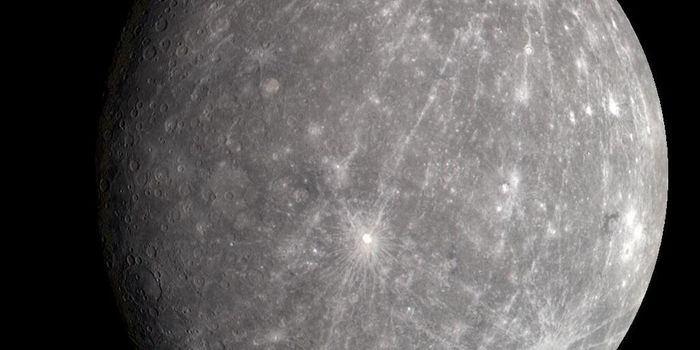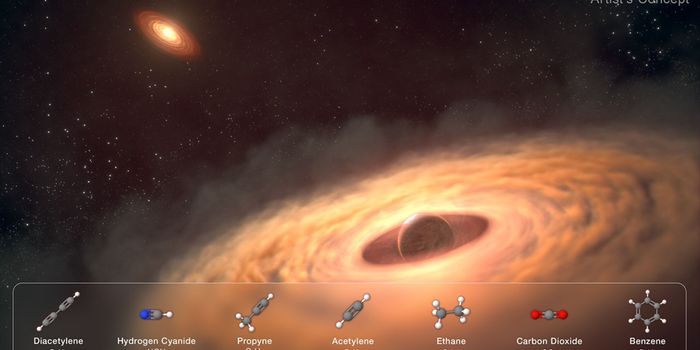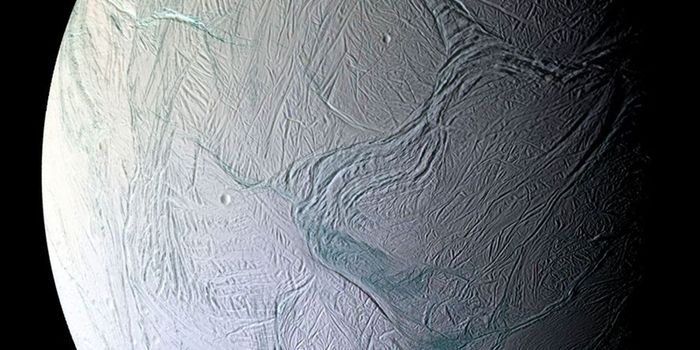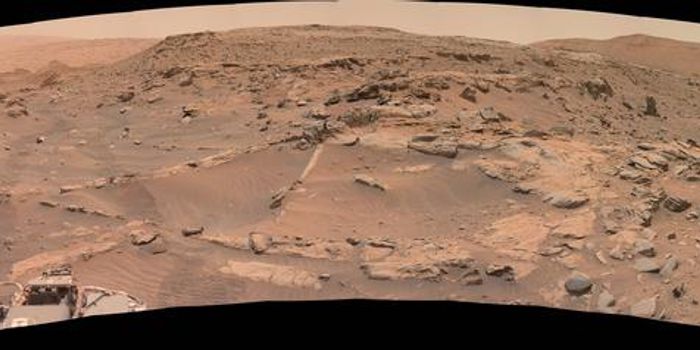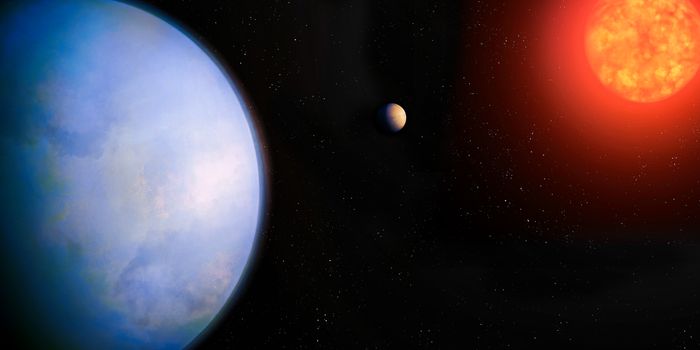Challenges in Searching for Life in Alien Waters: The Enceladus Problem
Could finding life in alien oceans be harder than previously thought? This is what a recent study published in Communications Earth & Environment hopes to address as a team of researchers from the United Kingdom investigated how life that might exist in the depths of alien oceans like Saturn’s moon, Enceladus, could take time to reach the surface for sampling, which could potentially pose problems for future sample return missions to these intriguing worlds.
For the study, the researchers used a series of computer models to simulate the various layers that could exist between the liquid ocean of Enceladus and the plumes that discharge from its south polar regions, nicknamed “tiger stripes” for its giant ice cracks. Given the sampling potential of the plumes, especially with NASA’s Cassini spacecraft having flown through the plumes during its mission, the researchers wanted to ascertain the length of time material from potential hydrothermal vents at the bottom of the ocean would reach the surface to be discharged by the plumes and sampled for signs of life. In the end, the researchers found that material from the bottom of Enceladus’ would take several centuries to reach a plausible depth to be discharged by the plumes.
Diagram depicting the interior of Enceladus. (Credit: NASA/JPL-Caltech)
“We’ve found that Enceladus’ ocean should behave like oil and water in a jar, with layers that resist vertical mixing,” said Flynn Ames, who is a PhD Candidate in the Meteorology Department at the University of Reading and lead author of the study. “These natural barriers could trap particles and chemical traces of life in the depths below for hundreds to hundreds of thousands of years. Previously, it was thought that these things could make their way efficiently to the ocean top within several months. As the search for life continues, future space missions will need to be extra careful when sampling Enceladus’s surface waters."
This study comes as the 2022 Planetary Science Decadal Survey discussed how the proposed Enceladus Orbilander mission be designated as a NASA Flagship mission, which is the highest mission designation, including the cost, with the mission estimated to be approximately $5 billion and slated to launch sometime in the 2030s. The science objectives of the mission will be to conduct analyses of the plumes for approximately 18 months, after which it will land on the surface and spend two years obtaining samples to learn more about Enceladus’ habitability potential.
What new discoveries about sampling for life in alien oceans will scientists make in the coming years and decades? Only time will tell, and this is why we science!
As always, keep doing science & keep looking up!
Sources: Communications Earth & Environment, EurekAlert!, Wikipedia


